Fast food chains love to go viral—but not like this.
While most brands dream of trending for a hit menu item or clever campaign, these 12 chains found themselves in the spotlight for reasons they’d probably rather forget. From eyebrow-raising promotions to truly baffling food choices (we’re looking at you, Burger King’s black bun), these viral moments weren’t exactly crave-worthy.
Whether it was a marketing flop, a social media blunder, or just a plain weird idea that somehow made it past the brainstorming table, these fast food fails had the internet talking—and not in a good way.
Let’s unwrap the disasters, one tray at a time.
1. Burger King’s Black Bun
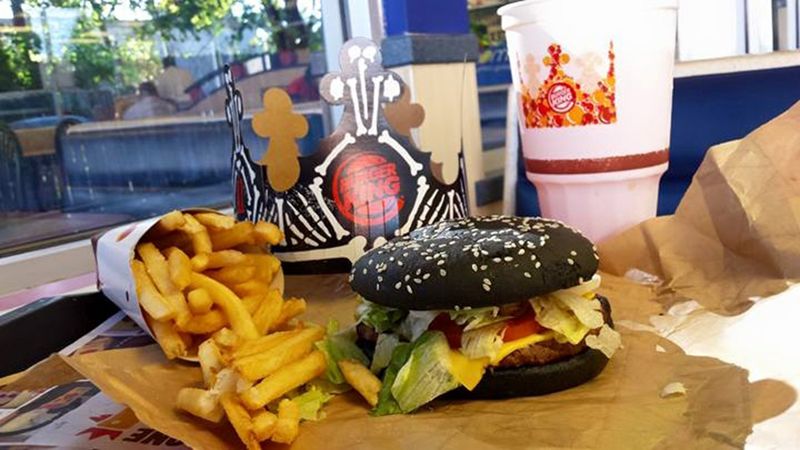
When Burger King introduced their black bun burgers, it was an audacious attempt to capture the Halloween spirit. Instead of festive fun, the internet buzzed about the unexpected side effect: green-colored stools.
Customers were more surprised by their bathroom visits than their meals. The black buns, made with A1 sauce, were meant to be spooky, but they sparked more amusement than fear.
Interest quickly turned to confusion and shared online reactions ranged from bewildered to amused. Who knew a burger could become a bathroom surprise? The campaign was brief, but it made a lasting impression.
This isn’t the first fast food stunt to backfire, but it sure is one of the most memorable. Burger King’s culinary creativity might have been ahead of its time—or just off the mark.
2. Subway’s “Footlong” Controversy
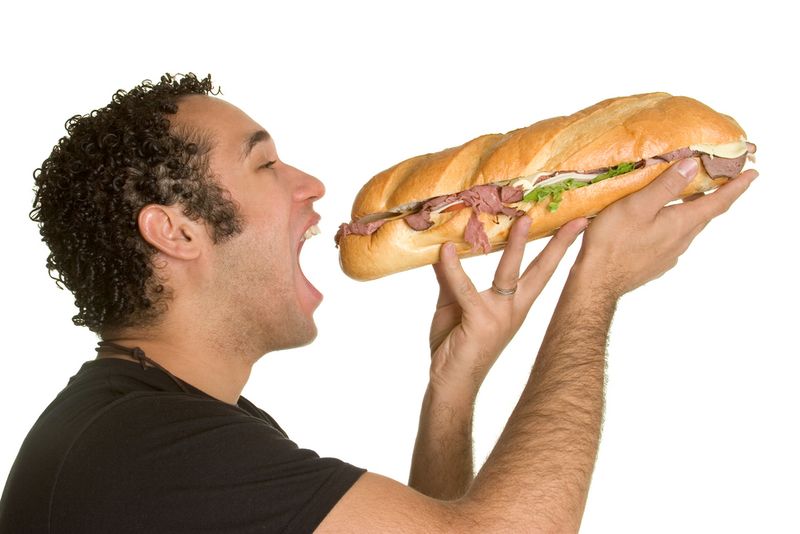
Subway promised footlong subs, but customers noticed discrepancies in size, sparking the infamous “Footlong” controversy. A viral post featuring a sub next to a ruler revealed it wasn’t a true footlong, leading to widespread ridicule. Customers felt shortchanged, literally, and demanded answers.
This measurement mishap became a classic case of expectation versus reality, and a marketing promise gone awry. Subway’s defense, that “footlong” was simply a descriptive name, didn’t satisfy hungry patrons.
Lawsuits and memes followed, and the chain had to address its sizing policies. Despite the embarrassment, Subway’s popularity endured, but not without a few laughs along the way. It’s a lesson in truth in advertising, one sub at a time.
3. Taco Bell’s “Meat” Lawsuit
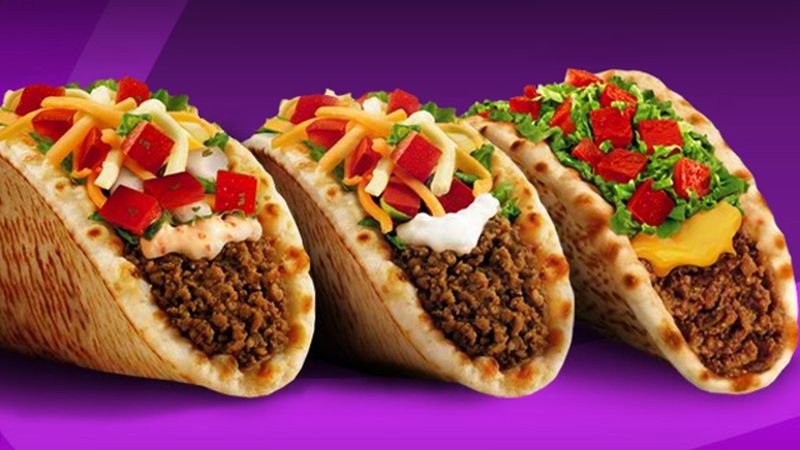
A lawsuit against Taco Bell claimed their beef filling was more filler than meat, causing quite the stir. The suit alleged that the filling contained only 35% beef, leaving customers questioning what they were actually eating.
Taco Bell fought back, stating their meat was indeed real, but the damage was done. Public perception shifted, and the internet ran wild with speculation and jokes.
In the end, the lawsuit was dropped, but the reputation hit lingered. This case highlighted the importance of transparency and ingredient integrity. Taco Bell’s legal dance left a mark, making customers more wary of what goes into their favorite tacos.
4. McDonald’s Hot Coffee Incident
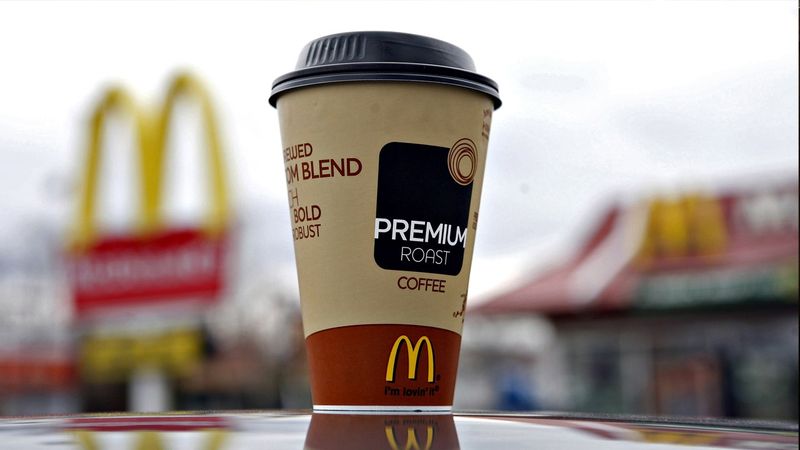
The infamous McDonald’s hot coffee lawsuit remains a staple in legal and fast food lore. An elderly woman suffered severe burns after spilling hot coffee, leading to a lawsuit that sparked debates on corporate responsibility and consumer awareness.
McDonald’s was criticized for serving coffee at dangerously high temperatures, and the case became a symbol of perceived frivolous lawsuits. However, the injuries were serious, prompting discussions about safety and accountability.
This incident became a pop culture reference and a wake-up call for the industry. It’s a reminder of the impact product temperatures can have and the importance of customer safety, even with something as simple as a cup of coffee.
5. KFC’s Mutant Chicken Myth
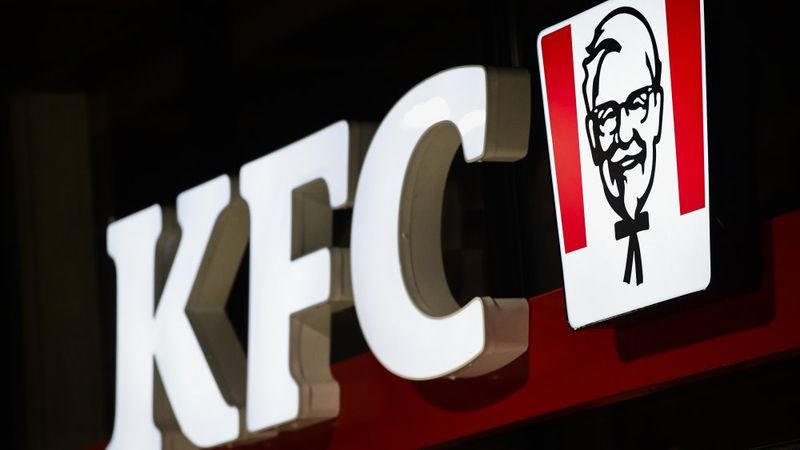
Rumors that KFC used genetically modified chickens with multiple wings and no beaks went viral, causing public outcry. These “mutant chicken” tales were pure urban legend, but they captured imaginations and fueled skepticism about fast food practices.
KFC had to combat the misinformation, reassuring customers that their chickens were 100% real and properly sourced. Despite the absurdity, the myth highlighted concerns about food sourcing and genetic modification.
The story became a talking point, illustrating how easily myths can spread and affect corporate images. KFC’s response helped quell fears, but the legend remains a humorous chapter in fast food history, teaching a lesson in managing misinformation.
6. Chipotle’s E. coli Outbreak
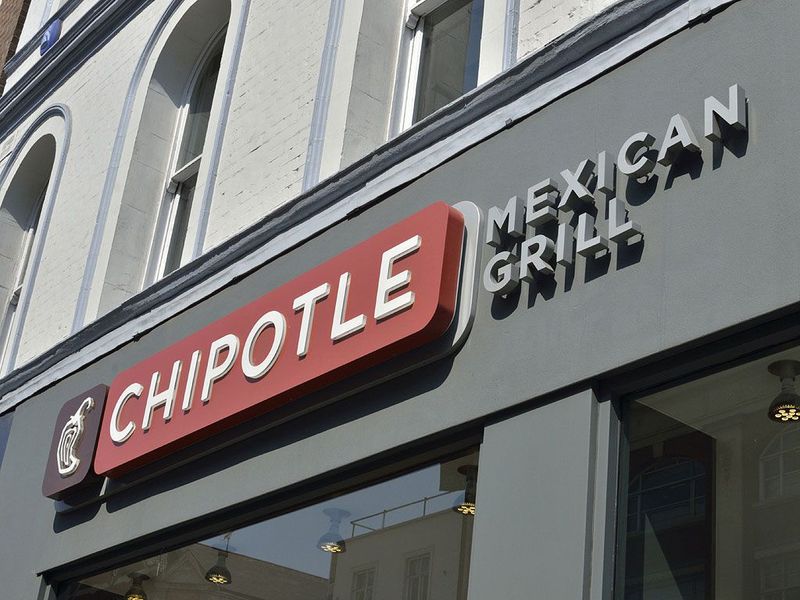
Chipotle faced a significant challenge when an E. coli outbreak was linked to their restaurants. The scare led to numerous illnesses and a media frenzy, damaging the brand’s reputation. Customers began questioning the safety of their beloved burritos.
In response, Chipotle overhauled their food safety protocols and launched a PR campaign to win back trust. Despite efforts, the outbreak left a lasting impression on the chain’s image.
This incident emphasized the critical importance of food safety and the impact it can have on businesses. Chipotle’s journey to regain consumer confidence was arduous, but the lesson learned was invaluable in prioritizing customer health.
7. Domino’s Employee Prank Video
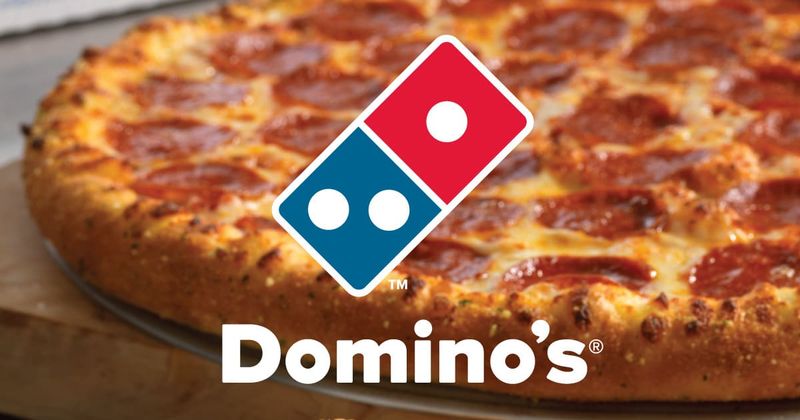
Domino’s faced a PR disaster when two employees filmed a prank video, showing unhygienic food preparation. The video went viral, leading to outrage and a swift corporate response. Customers were disgusted, and the trust in the brand was severely tested.
Domino’s had to act fast, terminating the employees and issuing apologies. They also implemented stricter hygiene policies, aiming to reassure the public.
This incident highlighted the power of social media and the risks of employee misconduct. Domino’s managed to recover, but the prank video remains a cautionary tale about maintaining brand integrity and the swift impact of viral content.
8. Wendy’s Twitter Roasts
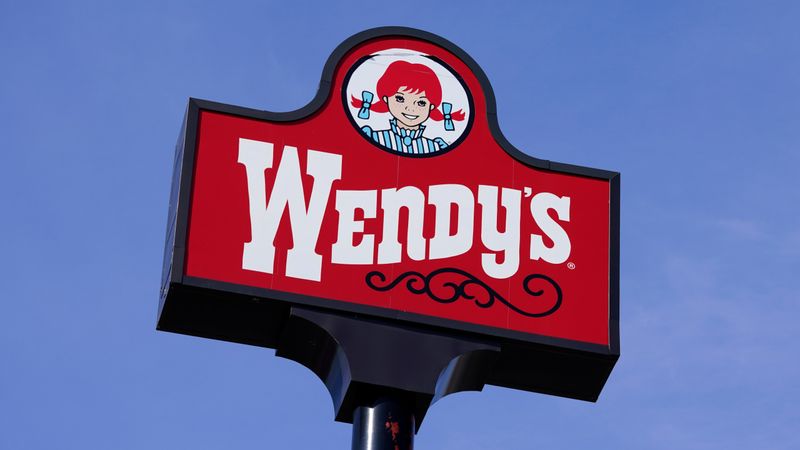
Wendy’s Twitter presence turned heads with its sharp and witty roasts, targeting customers and competitors alike. The social media team embraced a bold strategy, turning impromptu roast sessions into viral sensations.
Not all were amused by the snarky approach, questioning if it was too much for a fast food brand. However, Wendy’s gained a massive following and media coverage, revolutionizing how brands interact online.
This bold move showcased the potential and pitfalls of brand personality in the digital age. Wendy’s Twitter account became a lesson in balancing humor with brand identity, winning fans with its unique voice.
9. Arby’s Vegetarian April Fool’s

Arby’s pulled a playful prank for April Fool’s Day, announcing a vegetarian menu. Known for its meat-heavy offerings, the joke caught attention and sparked confusion among fans and vegetarians alike.
The prank played into Arby’s brand image, but also highlighted the rising demand for vegetarian options. Reactions were mixed, with some appreciating the humor while others sought real menu changes.
Ultimately, the stunt was a clever way to engage with customers, reminding brands to know their audience and the importance of evolving with food trends. Arby’s joke was lighthearted, but it also touched on important dietary conversations.
10. Pizza Hut’s Cheeseburger Crust Pizza

Pizza Hut pushed the envelope with their cheeseburger crust pizza, blending two fast food favorites into one. This quirky creation intrigued adventurous eaters and confused traditionalists who wondered why it existed.
The pizza was a bold attempt to innovate, but reactions were mixed. Some loved the novelty, while others saw it as a bit over-the-top. Yet, it successfully grabbed attention, proving that sometimes, unconventional ideas make waves.
Pizza Hut’s experiment was part of their strategy to stand out in a crowded market. It highlighted the fine line between innovation and excess, inviting both praise and playful criticism from pizza lovers everywhere.
11. Dairy Queen’s “Upside Down or Free”
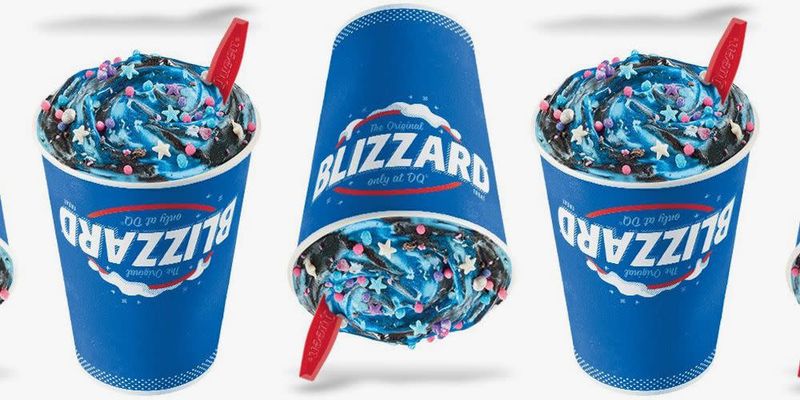
Dairy Queen’s promise to serve Blizzards upside down or they’re free seemed simple, but it went viral. Videos of daring customers testing employees flooded social media, putting the policy to the test.
The promotion was a clever way to showcase the product’s unique consistency, reinforcing brand confidence. However, it also led to pressure on employees, with some slip-ups shared online.
This campaign was a fun reminder of the impact a simple guarantee can have. Dairy Queen embraced the challenge, turning potential pitfalls into a playful brand promise that engaged customers and solidified their Blizzard’s legendary status.
12. Popeyes’ Chicken Sandwich Craze
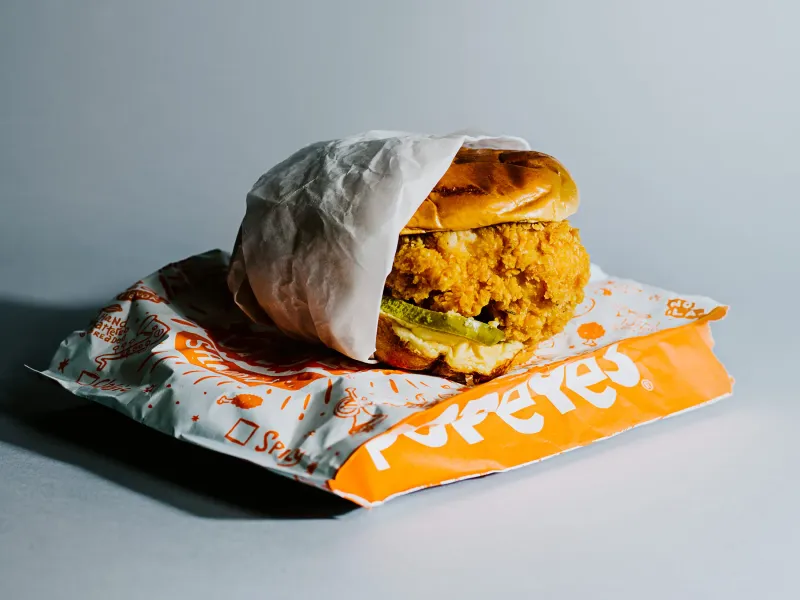
Popeyes shook the food world with their chicken sandwich, sparking a frenzy that no one expected. The demand was so high that it led to sold-out signs and long queues, turning the sandwich into an overnight sensation.
The craze was fueled by social media, where debates over chicken supremacy became heated. Popeyes’ sandwich was more than a menu item; it was a cultural moment that captivated the nation.
This phenomenon showcased the power of word-of-mouth and digital buzz, illustrating how a single product can redefine a brand’s image. Popeyes’ chicken sandwich wasn’t just a meal; it was a movement, proving the viral potential of a perfectly timed launch.
Leave a comment